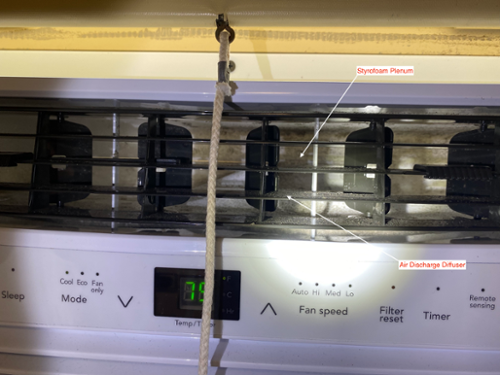Indoor Environmental Air Quality
Miami University is committed to maintaining a safe and healthy living and working environment for faculty, staff, students, and visitors. This includes providing and maintaining acceptable indoor air quality throughout campus.



